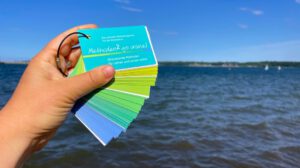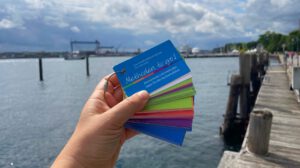
#Methods2Go: Methods for feedback and reflection in university teaching
More methods today, inspired by E.-M. Schumacher’s “Methoden 2 go online!“! Today: Evaluating Flashlight I used to hate it when in in-person workshops everybody was asked to give a statement…
